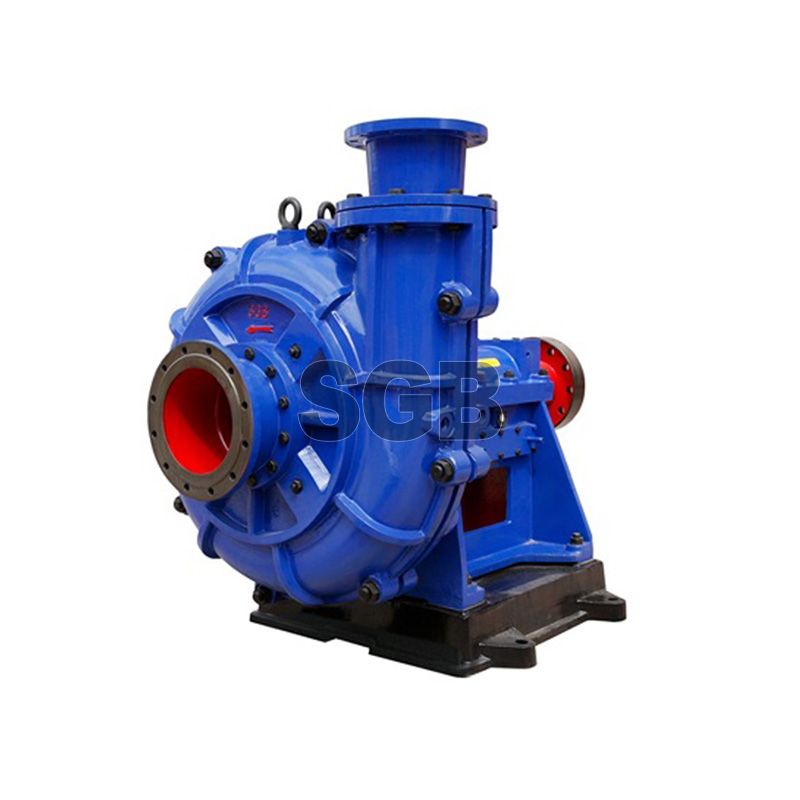Curious about centrifugal pumps and how they can revolutionize your fluid handling processes? Look no further. This comprehensive FAQ guide addresses the most common questions surrounding centrifugal pumps, shedding light on their functionality, applications, and maintenance.
What is a Centrifugal Pump?
A centrifugal pump is a mechanical device designed to move fluids through the conversion of rotational kinetic energy to hydrodynamic energy. It utilizes an impeller to increase the fluid's velocity and then converts it to pressure, facilitating the smooth transfer of liquids.

How Does a Centrifugal Pump Work?
Impeller Rotation: The pump's motor drives the impeller, causing it to rotate rapidly within the pump casing.
Centrifugal Force: As the impeller rotates, it imparts centrifugal force to the liquid, pushing it towards the outer edges of the pump casing.
Pressure Increase: The high-velocity liquid is then directed to the pump outlet, where the kinetic energy is converted into pressure, facilitating fluid movement through the system.
What are the Key Components of a Centrifugal Pump?
Impeller: The rotating component that imparts energy to the fluid.
Casing: The outer shell that houses the impeller and directs the fluid flow.
Inlet and Outlet Ports: Entry and exit points for fluid into and out of the pump.
Motor or Driver: Powers the impeller's rotation.
What Types of Fluids can Centrifugal Pumps Handle?
Centrifugal pumps are versatile and can handle a wide range of fluids, including:
Water: Clean or with solids.
Chemicals: Depending on pump material compatibility.
Oil and Petroleum Products: Common in industrial applications.
Slurries: Handled efficiently by specialized slurry pumps.
What Are the Advantages of Centrifugal Pumps?
Simple Design: Multistage Centrifugal pumps have a straightforward design, making them easy to install and maintain.
Wide Range of Applications: Versatility allows for use in various industries, including agriculture, manufacturing, and wastewater treatment.
High Efficiency: They offer high flow rates with relatively low energy consumption.
Are There Different Types of Centrifugal Pumps?
Yes, centrifugal pumps come in various types, including:
Single Stage Pumps: Have one impeller for low-pressure applications.
Multistage Pumps: Feature multiple impellers for higher pressures.
Submersible Pumps: Designed to operate submerged in the fluid.
Self-Priming Pumps: Capable of priming themselves without external assistance.
What Maintenance is Required for Centrifugal Pumps?
Routine maintenance is essential for optimal pump performance:
Regular Inspections: Check for wear, leaks, and proper alignment.
Lubrication: Ensure bearings and moving parts are adequately lubricated.
Impeller Cleaning: Remove debris to maintain efficiency.
Seal Checks: Inspect and replace seals as needed.
Conclusion
As you navigate the world of fluid handling, understanding the intricacies of slurry pump is key to making informed decisions. From their basic operation to maintenance requirements, this FAQ guide provides a solid foundation for those looking to harness the power of centrifugal pumps in their industrial or commercial applications.





Comments
All Comments ( 0 )